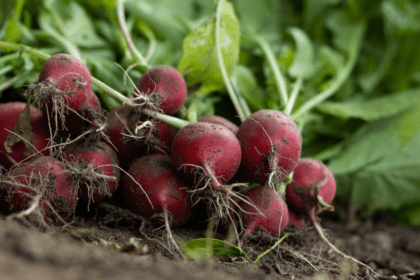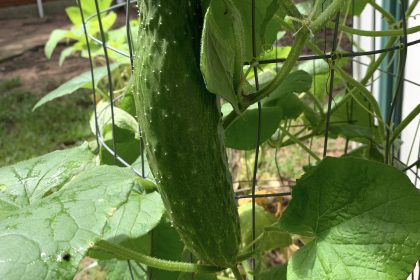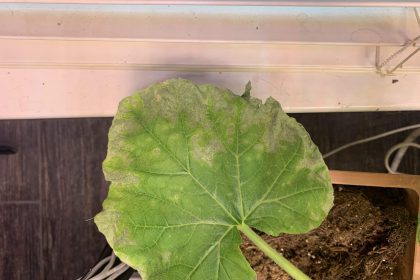In Texas, where the climate can be hot and dry, it’s important to choose tomato varieties that are well-adapted to the region’s conditions.
Here are a few tomato varieties that generally perform well when grown outdoors in Texas:
- Heatmaster: Heatmaster is a heat-tolerant hybrid tomato variety that thrives in hot climates. It produces medium-sized, flavorful fruits and exhibits good disease resistance.
- Solar Flare: Solar Flare is another hybrid tomato variety bred for heat tolerance. It produces medium-sized red fruits and has good disease resistance.
- Tycoon: Tycoon is a determinate tomato variety that performs well in hot climates. It produces large, firm, and flavorful fruits. Being determined, it grows to a certain size and produces its fruits in a concentrated period.
- Celebrity: Celebrity is a popular determinate tomato variety known for its disease resistance. It produces medium-sized, juicy fruits and performs well in Texas.
When it comes to soil, tomatoes prefer well-draining soil that is rich in organic matter. Prepare the soil by incorporating compost or well-rotted manure to improve its fertility and drainage. A slightly acidic soil with a pH between 6.0 and 6.8 is ideal for tomatoes.
Tomatoes require full sun to thrive. They need a minimum of 6-8 hours of direct sunlight per day to produce good yields and develop flavorful fruits. Choose a location in your garden that receives ample sunlight throughout the day.
Here are some additional tips for growing tomatoes in Texas outdoors:
- Planting: Plant tomatoes after the danger of frost has passed and the soil has warmed up, typically in late spring. Space the plants according to the recommended spacing for the specific variety, usually around 2-3 feet apart.
- Watering: Tomatoes need regular watering, especially during hot and dry periods. Water deeply and consistently, aiming to keep the soil evenly moist but not waterlogged. Mulching around the plants can help conserve moisture and regulate soil temperature.
- Fertilizing: Prior to planting, incorporate a balanced fertilizer or slow-release granular fertilizer into the soil. Once the plants are established, side-dress them with a balanced fertilizer following the package instructions. Avoid excessive nitrogen fertilization, as it can lead to lush foliage at the expense of fruit production.
- Support and Pruning: Most tomato varieties benefit from some form of support, such as stakes or cages, to keep the plants upright and allow better air circulation. Prune the plants by removing suckers (the shoots that emerge from the leaf axils) to promote better airflow and focus energy on fruit production.
By selecting heat-tolerant tomato varieties, providing well-drained and fertile soil, and ensuring sufficient sunlight exposure, you can increase your chances of success in growing tomatoes outdoors in Texas. Remember to monitor for pests, diseases, and water needs, and adjust your care accordingly for a successful tomato harvest.










